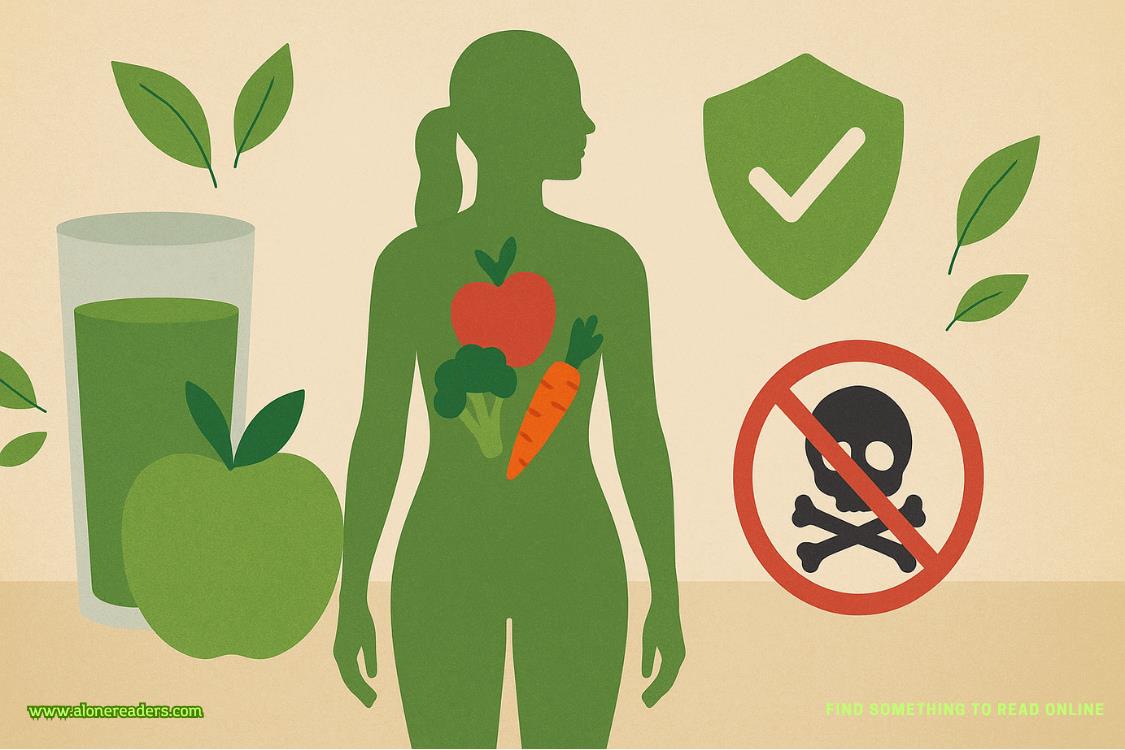Page 33 of Jaded
In the dark of night, it’s a different beast entirely. Shadows cling to the walls, pool in the spaces between buildings, flood the streets and alleys. Yellow light leaks from the cracks of windows, under doors, around blinds, shatters the black in buttery yellow spills beneath streetlights.
Sometimes I think that for all I loathe Day River, it’s the only true home for a soul as broken as mine.
Between the dark and the light, people hurry along icy sidewalks, tromp through clumps of frozen snow. Collars turned up and heads bowed down to the bitter wind, shoulders hunched against the bone-searing cold.
And that is another beast all of its own—the cold. The wind sings through the cracks in the windows of my car, leaking frigid air in beneath the heat. It tosses scant handfuls of white flakes against my windshield in a tantrum of spartan snow that won’t measure up to anything tonight.
Still, I should be home with Syd, making sure she’s getting her homework done. But I’m not. Can’t be. Because as much as I’ve tried to leave the past where it belongs, there’s one piece I can’t seem to let go of.
The Ice Out’s a mile up from the downtown business sector, where glossy high rises comprise banks and offices. It’s tucked between the cozy, run-down storefronts, divey bars, and hole-in-the-wall longtime family restaurants of Carmello—Day River’s true downtown drag—and the ceaseless, smoke-belching factories of Fogtown that occupy far more real estate, and economic footprint, than Downtown.
I abandon my car on a quiet side street composed mostly of closed businesses. Keeping my head down, partly against the cold and partly for the sake of anonymity, I snag my stick and skates from the trunk, and cover the final five blocks on foot.
Years and years ago—when I was a kid—when there was more hope for the city, some clever minds planned out a subway system intended to move people through town without them having to turn their faces topside.
Thing about us Day River folks, though. We like the cold. Or maybe we just like the suffering, the way that cold tears through our skin like teeth, gnaws at our bones like hungry dogs in search of marrow, leaving us hardened and toughened, more sinew than flesh.
In any case, the subway never made it past that first station before the project shut down. Which left a massive underground building—completely empty.
I yank my ball cap lower on my head, shading my face, as I make the final turn onto Eaton Street. A small group already stands outside, stomping and huffing cigarette smoke in the space between Pizza di Pappa and the bar known simply as Edgar’s.
Behind all the bodies, I can’t discern the slight doorway between the two buildings until I’m nearly on top of it. A massive man in an even larger purple coat stands by the entrance, a cigarette between his lips and a small pile of discarded butts at his feet.
“Invites only at this entrance,” he says as I elbow my way through the smokers. “Gotta wait in line at the front otherwise.”
I hold my phone up in front of my face, keeping my gaze down to preserve the shadows beneath my hat. “Got one.”
“Oh. Shit.” He must recognize the number on the screen. “Yeah, you’re good.”
He steps aside to let me pass, and I slip through into a narrow concrete staircase lit only by the sick yellow-green glow of faded emergency bulbs along the floor and spaced intermittently along the ceiling.
Inside, the cut of the wind vanishes, but the cold prevails. Different, though. Heavier, damper, almost diseased. Or maybe it’s just the slightly mildewy smell, like dust and forgotten spaces, like stagnant water and decay.
On silent feet, I descend into the bowels of the city.
The low buzz of voices grows as I pace downwards—from a distant swarm of bees to a sprawl of shouts and laughs, swears and threats and drunken revelry. The air changes too, the cold forced back beneath a moist, sticky press of sweat and fear and hope melded into one.
The stair flattens out into a rough concrete tunnel that quickly divides into a fork. The voices swell from the right, so I continue straight.
Calling the space at the end of that short tunnel a locker room would be a stretch of the imagination at best, but more realistically a bald-faced lie; it’s just an open enclosure filled with chairs and benches and bodies. Rubber matting covers the floor, and a door at the far end keeps out unwanted visitors.
Voices roar behind that closed door.
No idea what this room’s original intended purpose might have been, but today it's the Ice Out’s version of a locker room.Holding penmight be an apter term.
I join the clusters of men around the benches. We’re all rendered faceless by the deep shadows of the bald bulbs strung up in the corners. It’s just enough light to see, not enough to discern details. Not enough to identify anyone inside.
Of course, the plethora of face masks—ranging from practical to wildly inventive—makes identifying anyone all but impossible.
I plop down on a chair to lace my skates. They’re sharp, almost painfully cold, from spending too much time in the trunk of my car. The too-dry laces cut into my fingers as I tug them, trying to keep the sleeves of my hoodie over my hands to hide the telltale ink. I concentrate on the feel of the cloth beneath my fingers, the squeeze of the boot around my foot.
The man beside me, gloves in his lap, drags a ski mask over his head, obliterating his identity. Around the room, others have already pulled on their masks and their gloves, along with their skates and jerseys.
The door at the far end of the room opens, and the room goes utterly still as a tall, skinny man in a cowboy hat, bandana pulled over the lower half of his face, leans into the room. With bated breath, we await the numbers.
“Eighty-Seven! Twenty-Two! Ninety-Two!” The cowboy-hatted man calls. I’ve no idea who he is, who decided on those numbers, who even runs the show.
The Ice Out’s so mysterious, it’s almost a little magical. To think that it functions at all, let alone in such an organized manner, is both mind-bending and honestly, a bit frightening.
- Vegas Daddies by Sofia T. Summers
- Claiming Tessa by Lila Fox
- Denim & Diamonds by Penelope Ward
- His to Take by Sara Fields
- Scandalous Whispers by Ava Gray
- Wicked Riddles & Bitter Heartbeats by Penny Fox
- Sadistic by Elizabeth Knox
- King of Ashes by Ajme Williams
- Throne of Fire by Ajme Williams
- Charm by Deborah Bladon
- Beneath the Surface by C.J. Bishop
- Haunted by Selena Winters
- The Devil's Escape by Emily Rose
- Make You Mine by Sienne Vega
- Emerald by Sophie Lark
- Crimson by Sophie Lark







